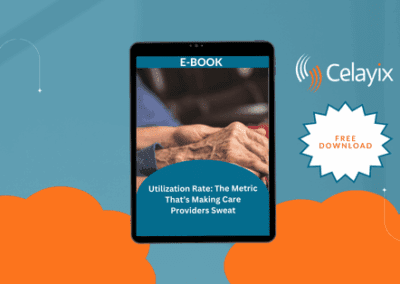Does dealing with the ACA make your head spin? We thought that all the ACA related terms and jargon being tossed around might be contributing to the confusion. So this week we’ve compiled a glossary of some of the most common terms related to the ACA.
Affordable
Employer-based coverage is considered affordable if the lowest-cost single-coverage option does not exceed 9.5 percent of an employee’s W2 wages. If the coverage doesn’t meet the affordability requirement, the employee could be eligible for a tax credit for health premiums–and the employer can be hit with a $3,000 penalty for any full-timer who gets the credit.
Common Control
You can’t break your 60-person business into two 30-person companies in order to avoid the large-employer mandate. For purposes of determining “large employer” status, the ACA makes clear that a group of companies under common control are to be treated as a single company. The owner of, say, both a car-repair shop and a bowling alley is going to be shocked.
Dependent
The ACA requires large employers to offer health coverage to the dependents of employees. According to IRS proposed regulations put out in January, dependents are defined as children under age 26. There is no requirement to offer coverage to an employee’s spouse.
Large Employer
A company with 50 or more full-time-equivalent employees is considered large. Only large employers are subject to the ACA’s “play or pay” mandate to provide affordable health coverage or pay a range of penalties.
Full-time Equivalent
A full-time employee is anyone on your payroll who works an average of 30 hours or more a week. But under the ACA, you also must include part-timers in your company head count. For example, two half-timers equal one full-timer, so a business with 40 full-timers and 20 half-timers would have 50 full-time-equivalent employees, or FTEs, and thus would have to offer health benefits or pay a penalty. Note: The law does not require employers to cover part-time workers only to count them in determining their “large employer” status.
Grandfathered Plan
Employer health plans that were in effect on March 23, 2010, and haven’t significantly reduced benefits or increased employee costs may be considered “grandfathered” and exempted from certain provisions in the health care law, such as the requirement to provide 100 percent coverage for preventive care.
Look-back Provision
An employee’s status as a full-timer is determined by looking back at a defined period of three to 12 months, as chosen by the employer. Any employee on your payroll for an average of 30 hours a week or more during that period is considered full time. If you need to make adjustments, the planning needs to happen now.
Minimum Value
The ACA requires large employers to cover at least 60 percent of an employee’s total health care costs–not just premiums but copays, deductibles, and other qualified out-of-pocket spending. If coverage does not meet that minimum value, the employee could be eligible to receive a premium tax credit–and the employer could be hit with a $3,000 penalty for any full-timer who gets the credit.
SHOP Exchange
Beginning in 2014, each state is supposed to offer small employers access to a Small Business Health Options Program, or SHOP, exchange that offers a variety of qualified health plans. Different states define small differently.
Small-Business Health Care Tax Credit
Businesses that cover at least half of the cost of single coverage for their employees, have fewer than 25 full-time-equivalent workers, and have average wages of less than $50,000 a year may qualify for a tax credit of up to 50 percent of employer-paid premiums.



